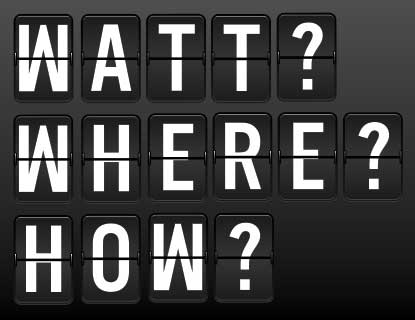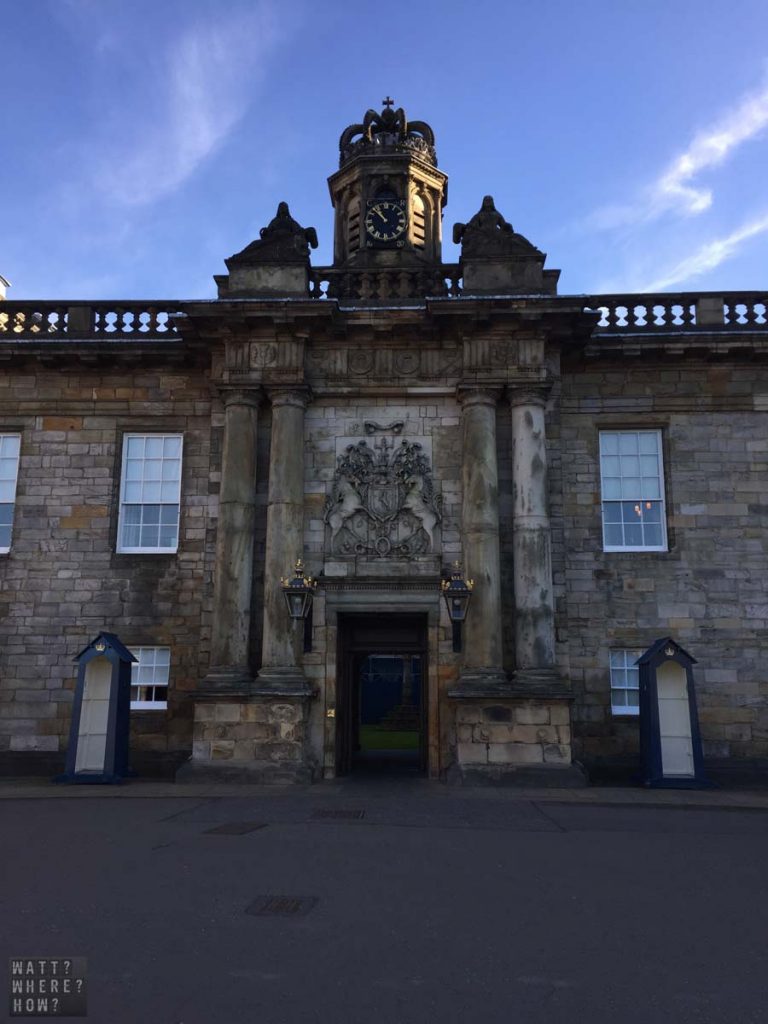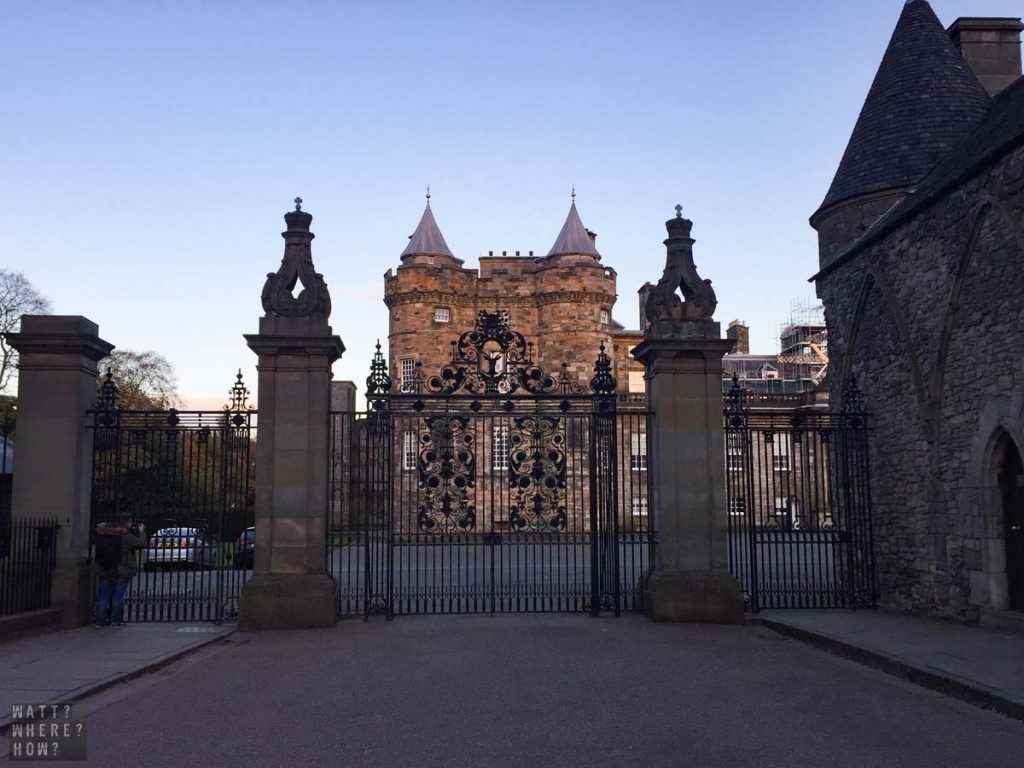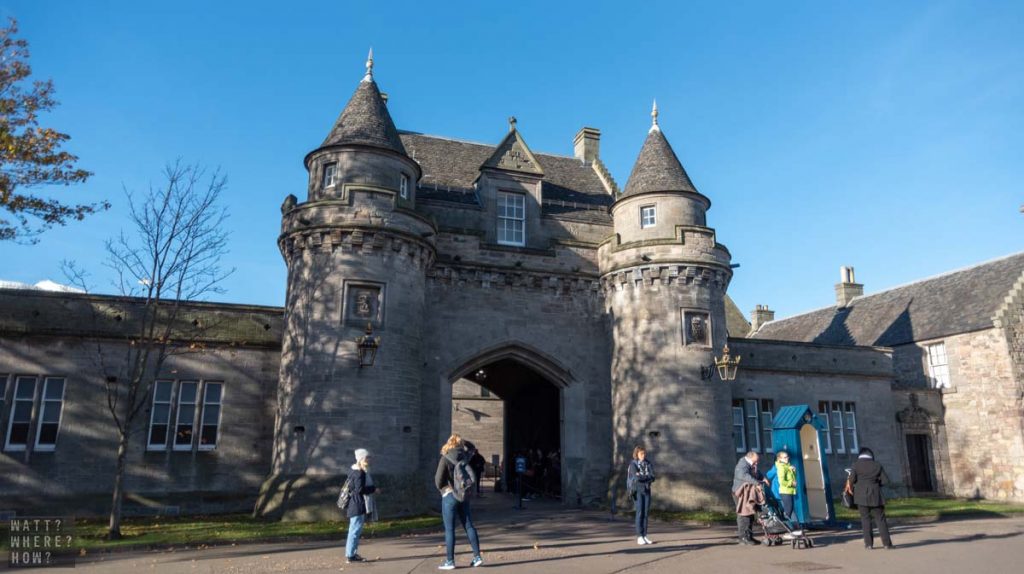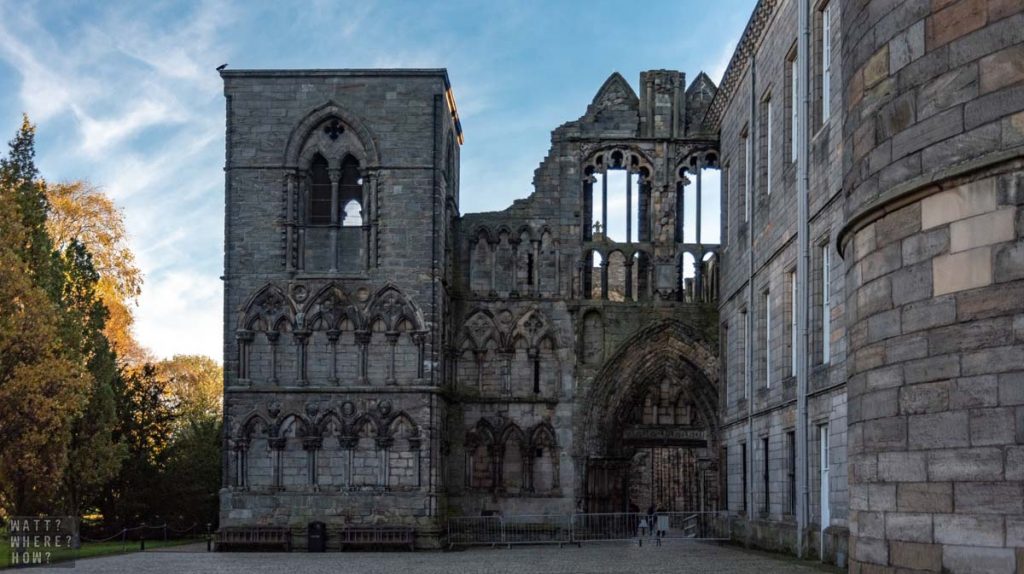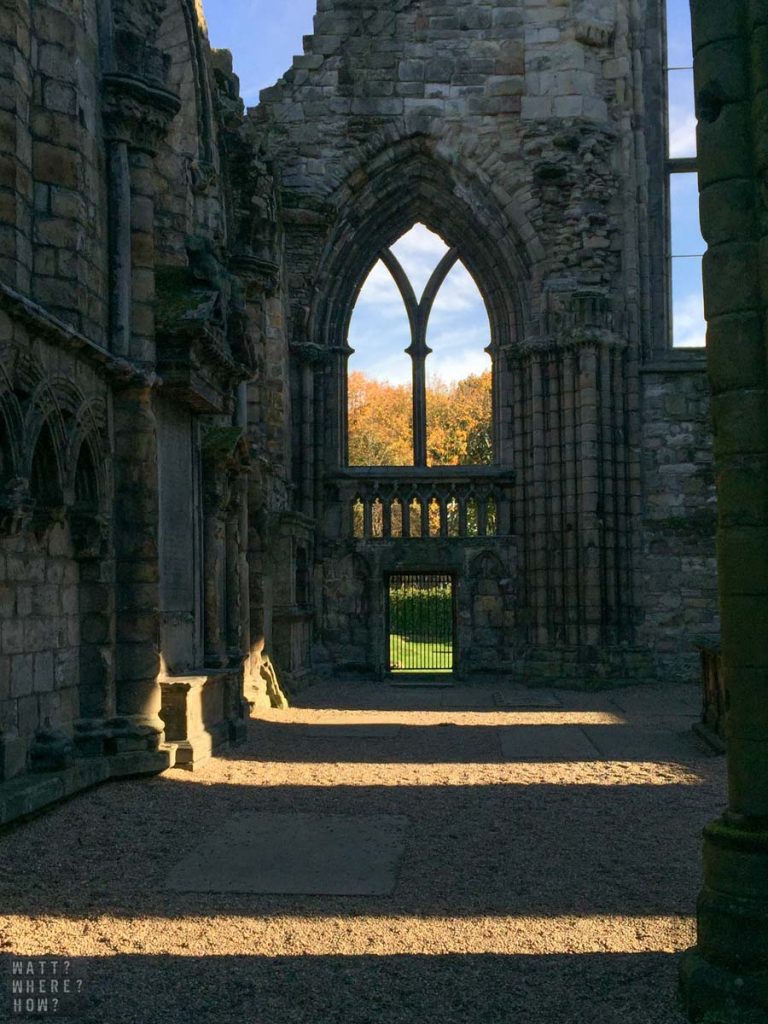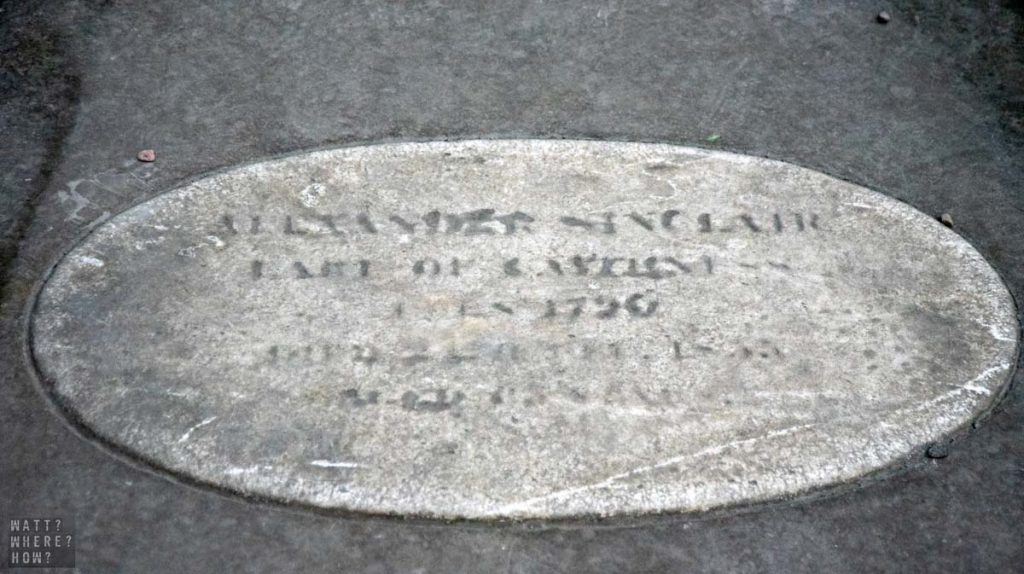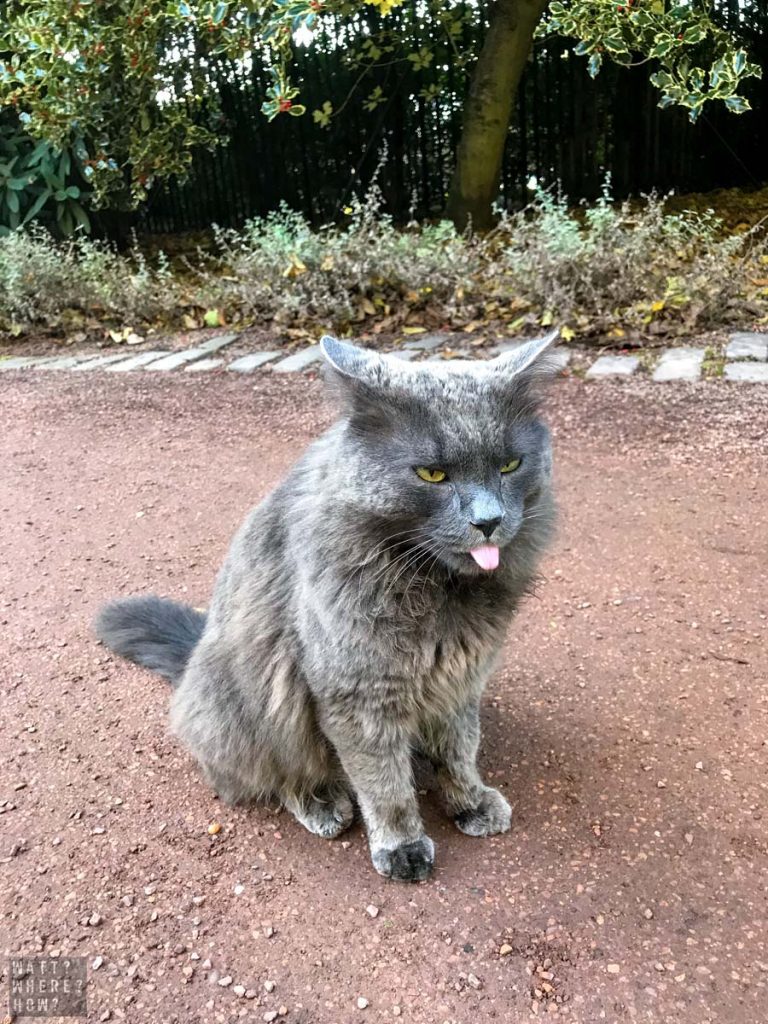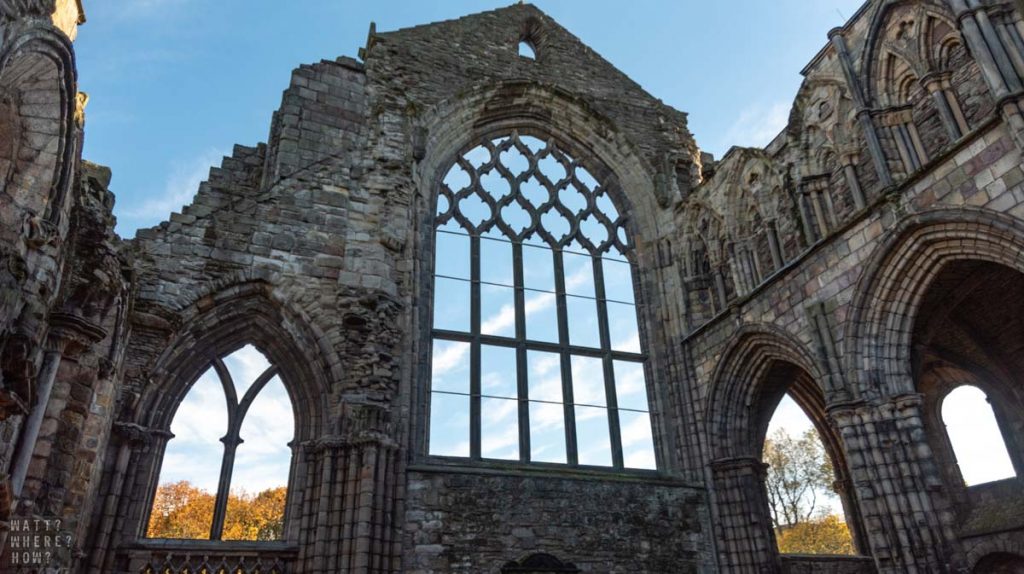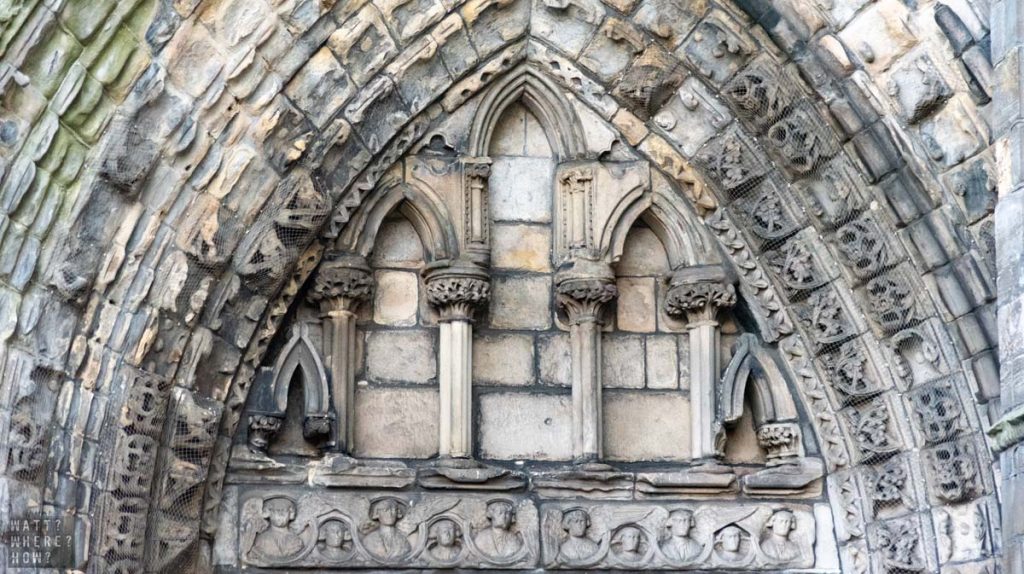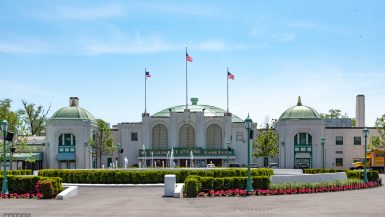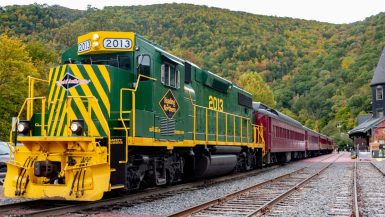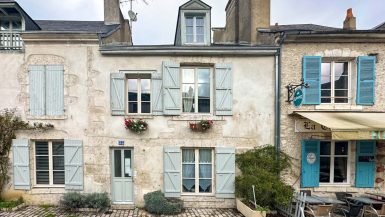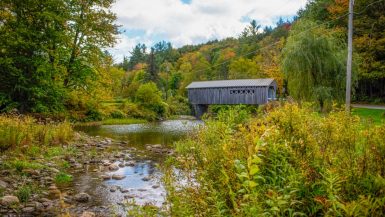Holyrood Palace or the Palace of Holyroodhouse (depending on who you are or what guidebook you’ve been reading) is the British Royal Family’s official Scottish Residence.
The 16th Century Holyrood Palace sits at the end of the Royal Mile, at the bottom of the hill looking back up towards Edinburgh Castle. Built between 1671 and 1678 around a central quadrangle, it houses a series of royal apartments including Mary Queen of Scot’s original lodgings.
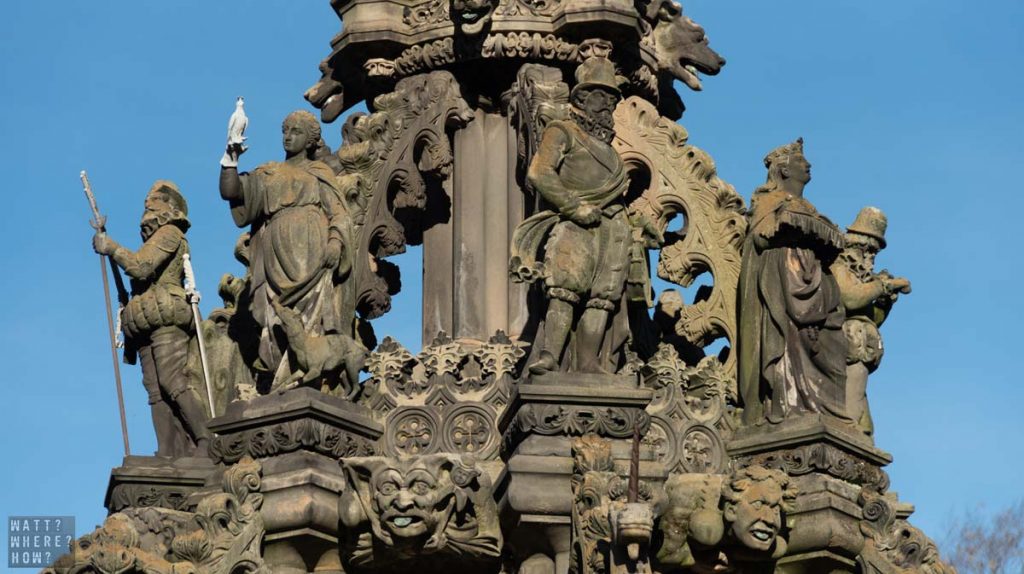
The Quadrangle
The inner quadrangle, designed by Sir William Bruce, is bordered by symmetrical three-story facades. Each level showcases a different style of a classical column, the Doric, Corinthian, and Ionian, reflective of early baroque trends. Beyond the quadrangle, photography is not allowed.
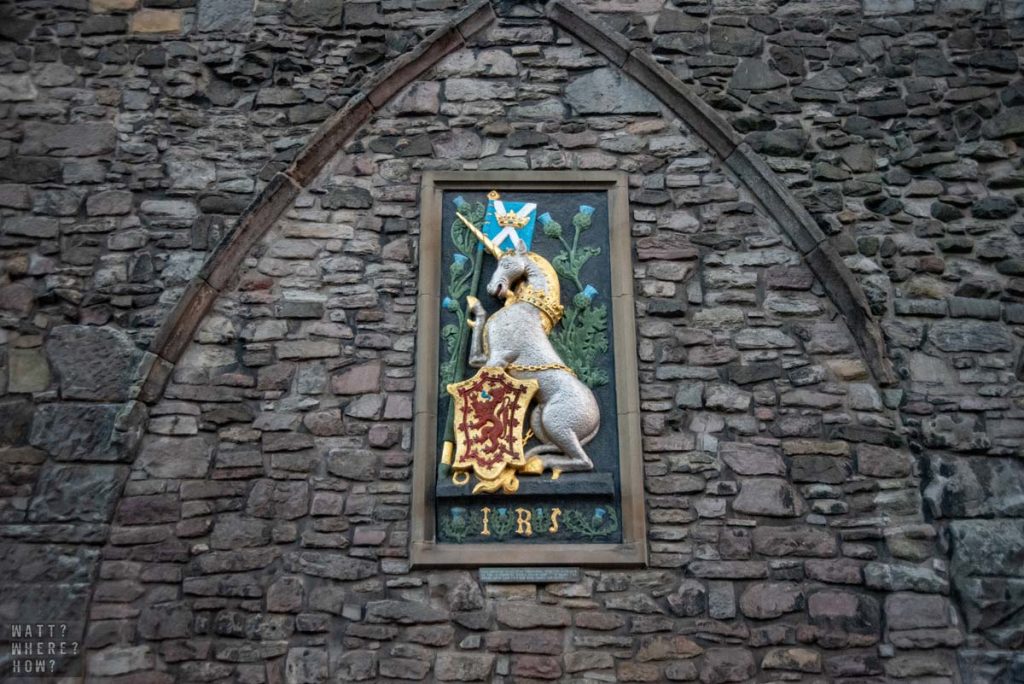
Entering the inside of the Palace via the Great Stair in the south-west corner of the quadrangle you’ll be amazed by the 17th-century plaster ceiling featuring angels holding the Honours of Scotland. The tour traces the processional route that is followed each year when the Queen takes up residence in the Palace over the summer. It commences in the Royal Dining Room, where the tables are set in full ceremonial crockery and silverware. Menus from the most recent state dinner give a preview of how the other half lives.
Paneled walls, magnificent plasterwork, ornate gilding, friezes, and grand fireplaces are the order of the day as you are shepherded from room to room. We pass through royal bedrooms, sitting rooms, and drawing rooms full of artistic treasures. Floor to ceiling portraits and gold-leafed candelabras dominate the throne room, complete with its twin thrones for Queen Elizabeth II and Philip, Duke of Edinburgh. In one ceremonial space, a display full of badges and garters explain the many orders and distinctions awarded by the royals to loyal subjects.
The most impressive section of the tour is when we get inside Mary Queen of Scots’ private chambers in the northwest tower. Here you will find her letters, jewelry, clothes, and even some of her hair.
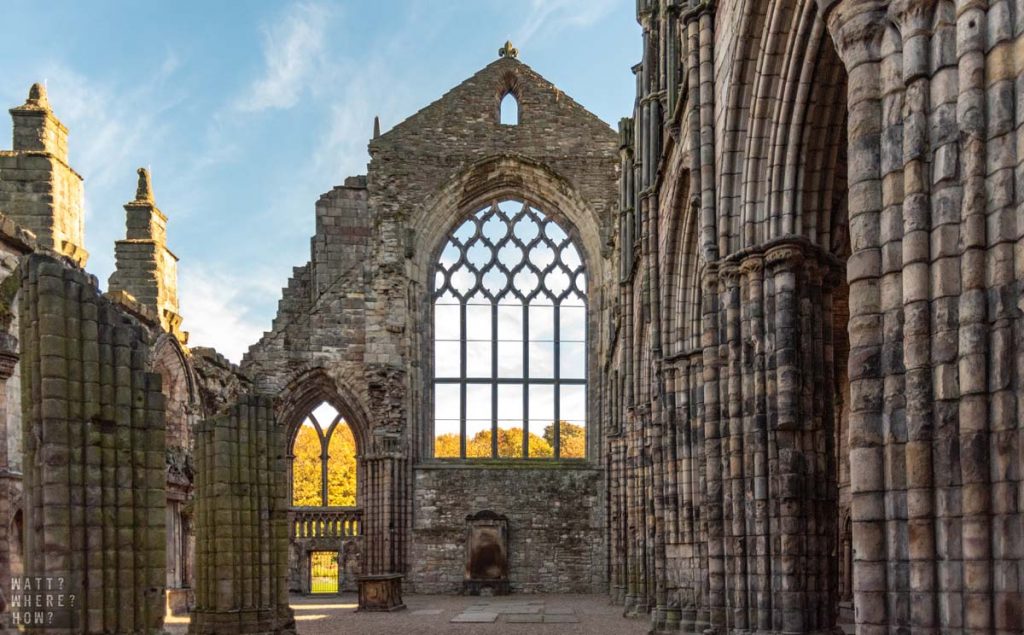
Holyrood Abbey
Once outside, you are able to explore the ruins of the eleventh century Augustinian Holyrood Abbey. Founded in 1112, it was the home of the order of King David I of Scotland and the royal place of worship. It was named after the Holy Rood or relic of the original holy cross that Jesus was crucified on. This relic was owned by King David’s mother, Queen Margaret.
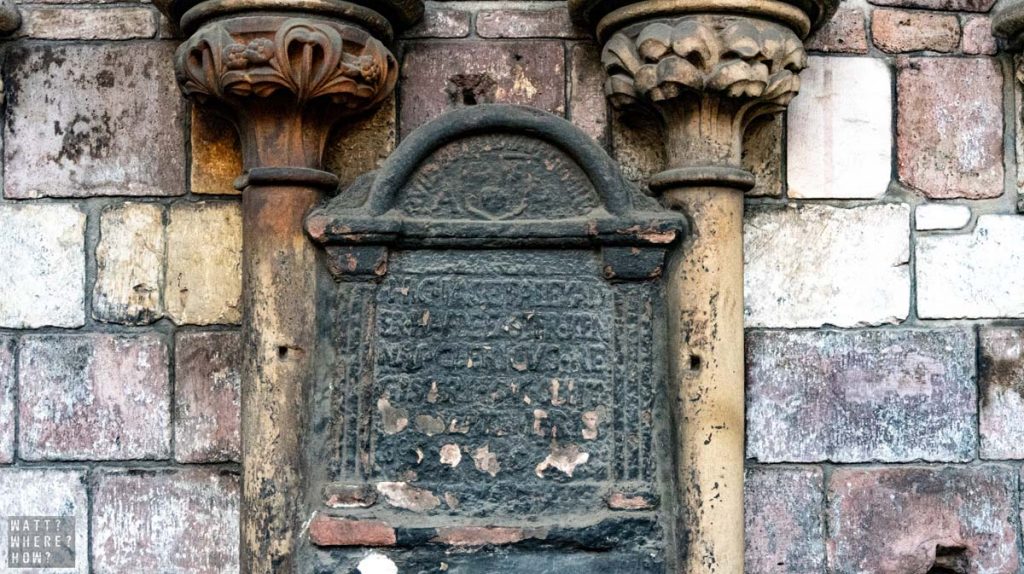
After the Scottish Reformation in 1559, the church was heavily damaged and the choir and transept sections were pulled down in 1570 – a similar parallel to what happened to English Cistercian and Benedictine abbeys when Henry the Eighth abolished Catholicism in favor of the church of England. Despite its ruined state, markings on ancient graves can still be deciphered and there are some more modern memorials.
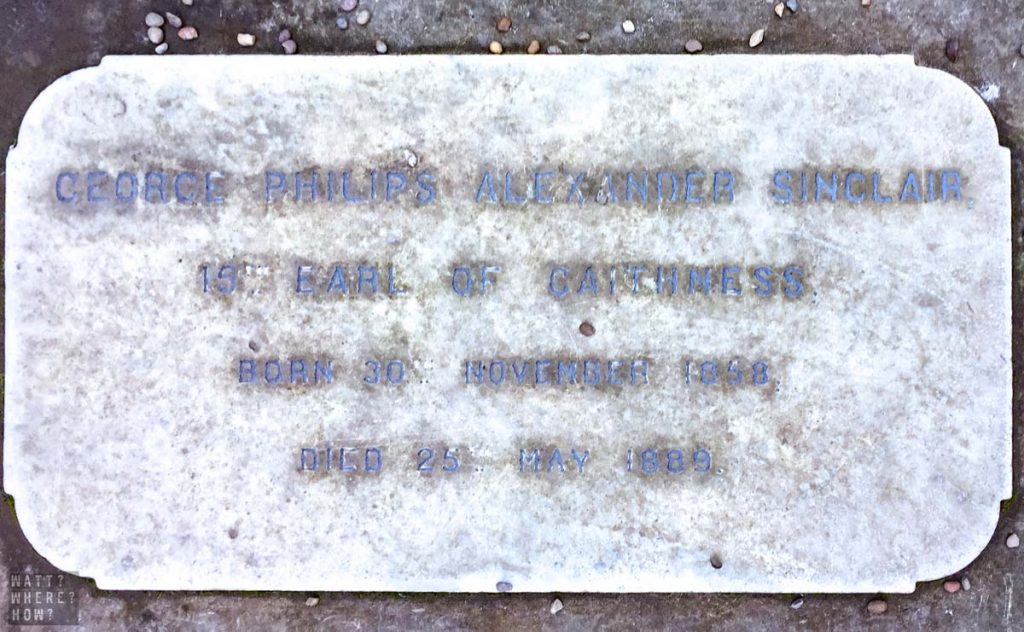
The abbey borders the palace gardens of Holyrood Park, which, even in fall, make for a picturesque and peaceful setting in the middle of the beautiful city. The ruins of Abbey’s cloisters were discovered during a 2006 archaeological dig by the show, Time Team.
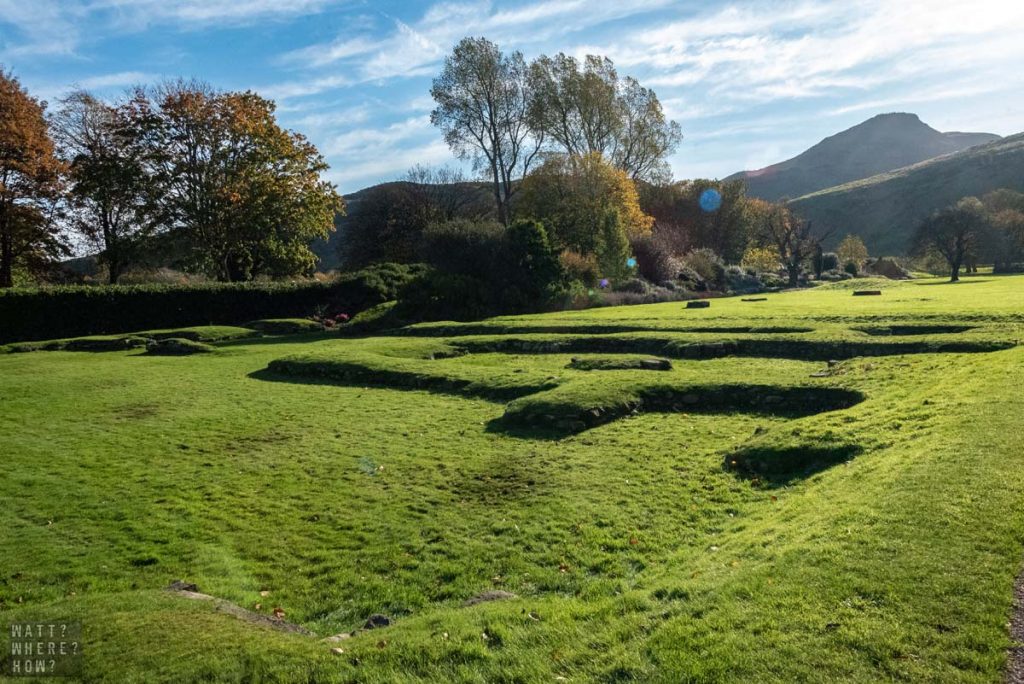
We’re not really ones for an audio tour. But do yourselves a favor and follow this one through. Maybe we were feeling particularly patriotic that day, being as close to “home soil and tradition” than we have been in a while, but this tour really kept you engaged.
We’re not going to lie—some of it was plain fact, but most were interesting stories, explanations of tradition, and quirky facts you may not otherwise learn. But, if you’re history buffs like us there is plenty of extra information to learn and palace gossip to receive if you’re taking full advantage of the audio tour!
Explore more of our Scotland vacation ideas, from the highlands and islands to the whisky distilleries.
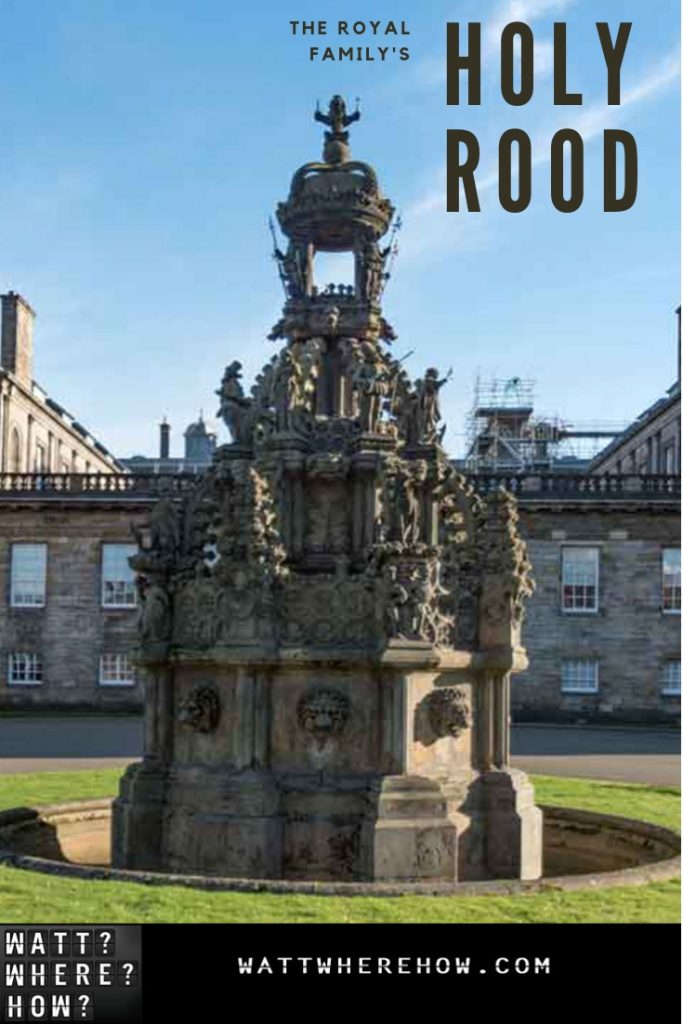
WHAT?
Holyrood House Palace is the British Royal residence in Scotland.
WHERE?
Canongate, Edinburgh EH8 8DX, UK
HOW?
Entry is 12.50 pound per adult.
Follow & Connect with us